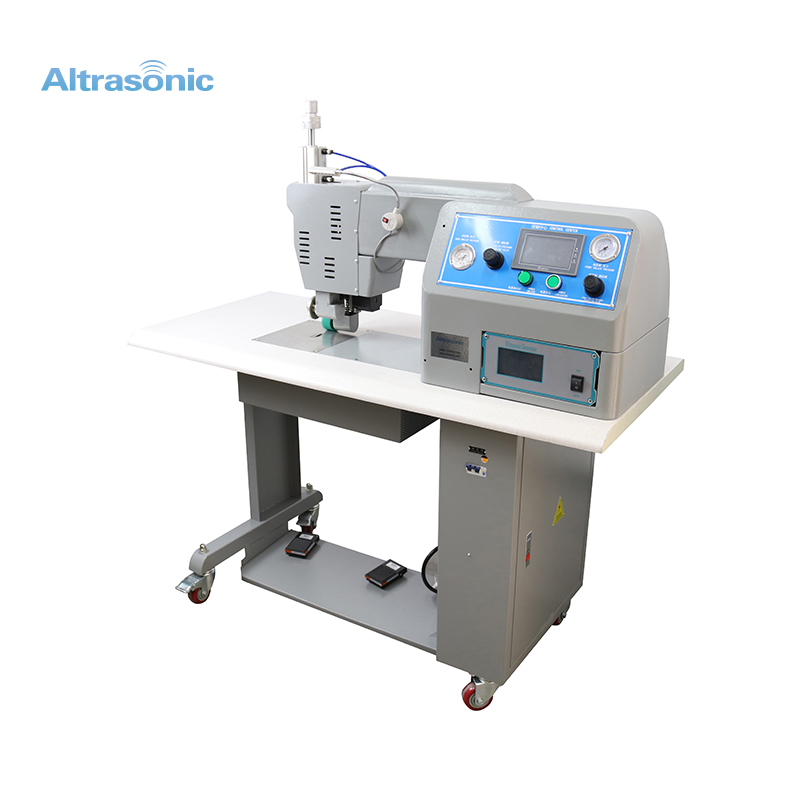Textile materials suitable for ultrasonic technology
Those materials suitable for ultrasonic processing include 100% synthetic fibers, such as nylon, polyester, polypropylene, certain polyethylenes, modified acrylic resins, certain vinyl compounds, urethane compounds, films, coated paper, etc. It also includes synthetic fibers mixed with 35-50% non-synthetic fiber components.

Application of ultrasonic welding in textile industry
Application advantages of ultrasonic in the textile industry
1. Fast, economical, and high stitching strength
2. No need to use auxiliary materials (such as nails, glue, paper clips, etc.)
3. Ensure consistent results throughout the production process
4. No need for time-consuming warm-up and recovery, no need for expensive temperature maintenance costs
5. Independent cutting and stitching, no burrs
6. No pollution, avoid the use of toxic glue and solvents
7. There are no pinholes at the joints, which can prevent the penetration of chemicals, pathogens and tiny harmful particles
Conventional ultrasonic processing technology
(1) Ultrasonic heat sealing or "stitching":
This process can be used to form continuous seams, such as the production of protective clothing, blinds, etc., or processing similar to the dip welding of buttonholes, collar braces, ties, etc. Stand-alone "sewing" equipment or standard ultrasonic welding machines can achieve this process.
(2) Drum welding and lamination:
Nico is the first to apply the ultrasonic drum to the bonding and lamination process of a variety of wide web woven or non-woven synthetic fiber materials. The process is to pass multiple layers of fiber material through a rotating printing cylinder and a row of welding heads to form a mesh pattern of sufficient width. This method does not require any chemical adhesives and other auxiliary materials to be processed into a unique fabric that cannot be achieved by other bonding methods. Bed covers, mattresses, disposable medical supplies, etc. can all be processed in this way.
(3) Ultrasonic cutting:
Compared with other methods, ultrasonic cutting can form smooth, long-lasting, neat edges without causing discoloration of the fabric. Ultrasonic waves can cut and stitch at the same time to prevent the knitted or textile materials from breaking. At the same time, the seams are tapered to avoid pilling. Applications of ultrasonic cutting include cutting carpets, tapes, clothing labels, curtains, diagonal cutting and industrial braids.



